While Dungeons & Dragons has many distinct ways for players to distinguish their characters and make them unique, one of the most polarizing elements of the game is alignment. Alignment is a means for grouping a character’s worldview, personality, and ideals into one of nine possible categories based on the character’s motivation, ethics, and actions.
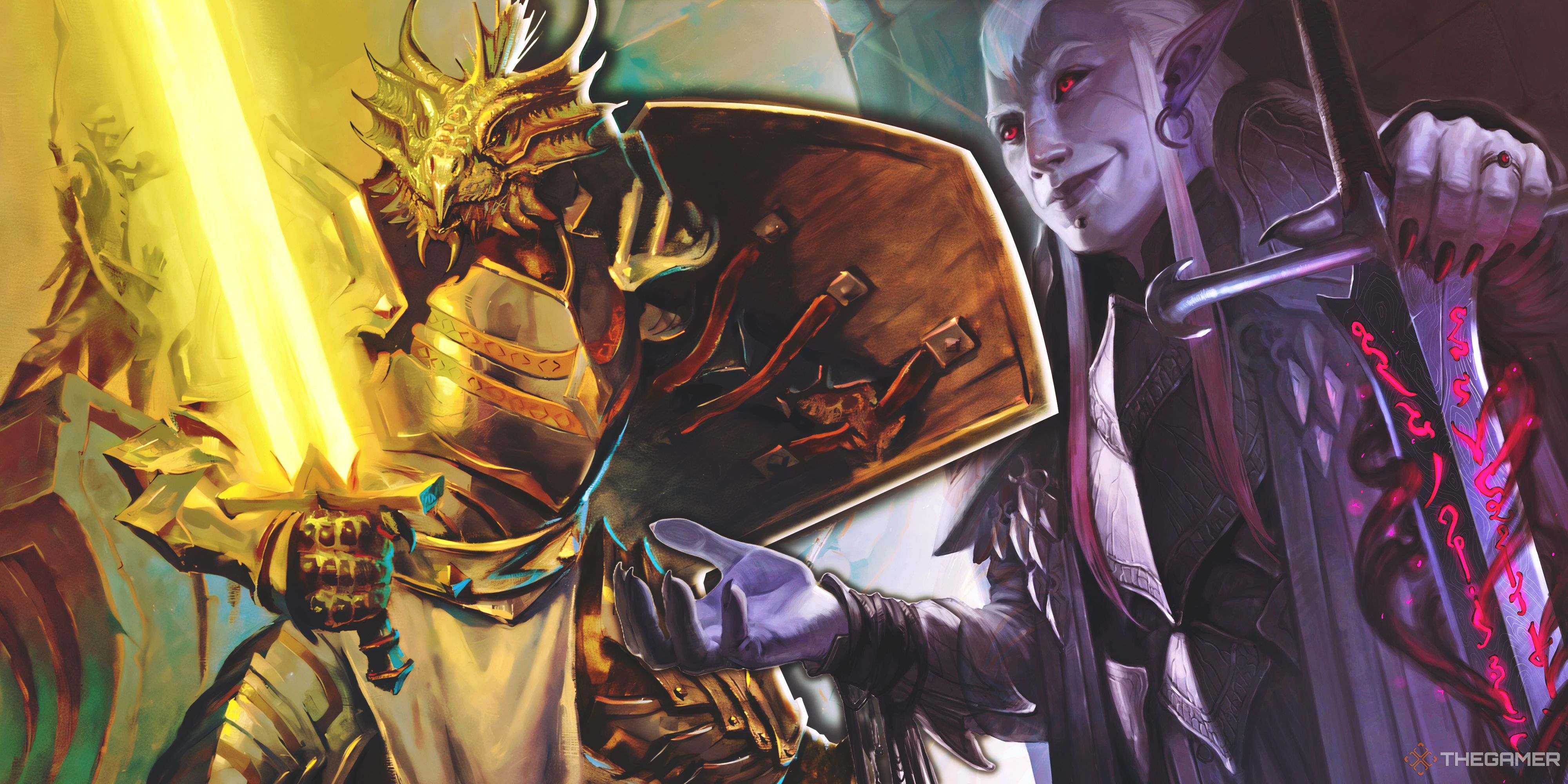
Related
Dungeons & Dragons: How To Build A Hexblade Paladin
Here’s how you can make the best Hexblade Paladin build in DnD.
It is important to note that a character’s alignment does not shape who they are as a person; rather, their alignment is effectively determined by the aforementioned factors such as bonds, beliefs, ideals, motivations, and actions. As nearly every sentient creature in D&D has an alignment, it’s something that many players tend to fixate on, often sparking disagreements and arguments within the game’s community. So today we’re going to explain everything you need to know about the alignments of D&D.
Updated on January 7, 2024, by Alfredo Robelo: The release of the 2024 Dungeon Master’s Guide included more lax guidelines for how to use alignment, both as a Dungeon Master and as a player. We’ve updated this guide to include said information, as well as polishing it so it can meet today’s standards.
Lawful Good
|
Ideal Class |
Main Attribute |
Main Flaw |
Example Monsters |
|---|---|---|---|
|
Paladin |
Classical hero archetype |
Easy to manipulate |
Gold Dragons, Celestials |
Lawful Good is the alignment of honor and justice, believing in the structure of lawful societies. Not all Lawful Good characters must necessarily relate to or pertain to the literal law, but rather a personal code that they abide by.
Being too heroic sometimes gets in the way of fun, depending on the group. Some parties see Lawful Good as the fun police.
A Lawful Good character may want to help overthrow an evil tyrant to help install a new, benevolent leader for the land. This alignment is synonymous with the Paladin class, and the alignment is synonymous with monsters such as Gold Dragons, Flumphs, and the vast majority of Celestials within D&D.
Neutral Good
|
Ideal Class |
Main Attribute |
Main Flaw |
Example Monsters |
|---|---|---|---|
|
Ranger |
Generic adventurer personality |
Generic adventurer personality |
Sprites, Werebears |
While Lawful Good characters aim to do good within the confines of the law or their own code, Neutral Good characters aim to do good for the sake of good, whether it’s lawful to do so. Content with siding with the law or chaos based on the situation, Neutral Good characters simply want to do the right thing.
If a Lawful Good character wanted to overthrow an evil tyrant to establish a new government, a Neutral Good character may be content with slaying said tyrant, so they would be unable to harm anyone else. Some common examples of Neutral Good creatures include sprites, gnomes, and werebears.
Chaotic Good
|
Ideal Class |
Main Attribute |
Main Flaw |
Example Monsters |
|---|---|---|---|
|
Fighter |
Easy to roleplay |
Lack of involvement |
Unicorns, Treants |
The final Good Alignment, Chaotic Good characters are often well-intentioned individuals who place a significant emphasis on the freedom of themselves and others, often not being too fond of authority.
Chaotic Good characters aim to do what they think is right to help others, but they care very little about the law, especially if they believe that it gets in the way of their ability to help others. Some typically Chaotic Good creatures within D&D include Storm Giants, Unicorns, and Treants.
Lawful Neutral
|
Ideal Class |
Main Attribute |
Main Flaw |
Example Monsters |
|---|---|---|---|
|
Monk |
Customizable honor code |
Can get boring |
Modrons |
Like Lawful Good characters, Lawful Neutral characters hold themselves to the rules of the law or those outlined within a character’s code. However, for a Lawful Neutral character, the code they follow is paramount above all else, potentially performing a good action or one that may be evil as long as it adheres to their code.
These types of characters tend to value honor much like a Lawful Good character but are likely to follow authority and their code regardless of ethics and morality. Impartial characters such as Judges, Modrons, or even some monks are likely to be Lawful Neutral.
True Neutral
|
Ideal Class |
Main Attribute |
Main Flaw |
Example Monsters |
|---|---|---|---|
|
Druid |
Interesting roleplay opportunities |
Might end up making enemies at every turn |
Oozes, most animals |
True Neutral is perhaps the most difficult to define alignment in D&D and is most often associated with creatures that have a connection to nature, such as Dryads or characters of the Druid Class. A True Neutral character may simply want to perpetuate the status quo, or they may want to create equilibrium between good and evil as well as within law and chaos.
Staying in this alignment can be a challenge, since you might choose not to follow most quest hooks to keep the balance in place.
Characters of this alignment may often want to abstain from conflict, wanting to exist as an unbiased entity, or they may even switch sides in the midst of a conflict if a new problem begins to arise. For example, a true neutral character may help fight off monsters, but they may want to start protecting and preserving the lives of said monsters if their populations were too near the point of extinction.
Chaotic Neutral
|
Ideal Class |
Main Attribute |
Main Flaw |
Example Monsters |
|---|---|---|---|
|
Bard |
Freedom of choice |
Hard to mantain |
Satyrs, Marids |
A common misconception is that Chaotic Neutral characters are those that can act however they want with no strings attached. However, if a character were to choose to act in a recklessly harmful and violent way to those around them in the name of their freedom and happiness, that isn’t Chaotic Neutral; that’s Chaotic Evil.
A Chaotic Neutral character is a character who prioritizes their freedom over all else, wanting to do what they want when they want without needing to abide by a higher authority. It’s common for rogues to be Chaotic Neutral as well as creatures like Satyrs and Marids.
Lawful Evil
|
Ideal Class |
Main Attribute |
Main Flaw |
Example Monsters |
|---|---|---|---|
|
Warlock |
Abuse law systems |
Questionable methods |
Blue Dragons, Devils |
Of the Evil alignments in D&D, Lawful Evil characters tend to be the most manageable option for those looking to play an evil character within an otherwise good-aligned party without disrupting a campaign. A safe way to view Evil characters is that while good-aligned characters most often want to selflessly help others, evil characters want to selfishly help themselves.
With this in mind, a Lawful Evil character is essentially a character who respects and functions within order, often utilizing a personal code, while aiming to help themselves even at the cost of others. These types of characters tend to view political hierarchies as a system they can manipulate and a game they’re going to try to win. Within the context of D&D, Lawful Evil creatures include Devils, Blue Dragons, and Beholders.
Neutral Evil
|
Ideal Class |
Main Attribute |
Main Flaw |
Example Monsters |
|---|---|---|---|
|
Rogue |
Act as selfishly as you want |
Very few allies |
Liches, Frost Giants |
As a Neutral Good character simply aims to perform acts of good for the sake of good, a Neutral Evil character simply aims to perform acts of evil to selfishly pursue their goals, regardless of whom they harm.
Though they may be able to function and operate within a system of law, the law is not something that a character of this alignment particularly cares about, and they may simply utilize the law as a means to an end. Many traditional monsters and villains found within D&D, such as Hags, Liches, Bullywugs, and Frost Giants are often Neutral Evil.
Chaotic Evil
|
Ideal Class |
Main Attribute |
Main Flaw |
Example Monsters |
|---|---|---|---|
|
Barbarian |
The perfect murderhobo |
Nearly impossible to combine with other alignments |
White Dragons, Demons |
Characters of the Chaotic Evil alignment care about nothing other than their desires and are willing to spread any amount of misery and destruction. Lacking respect for any form of authority, Chaotic Evil characters often maliciously aim to disrupt the lives of others, entirely for their own selfish personal gain, caring only about their ambition or enjoyment.
Not only are these types of characters incredibly disruptive, but a party full of them can become very dull outside of combat.
It is incredibly rare for a Chaotic Evil character to be able to function well with others, let alone within an adventuring party, and it’s highly advised that players avoid playing characters of this alignment. Chaotic Evil characters include the likes of demons, the undead, and black, red, and white dragons.
How Important Is Alignment?
First and foremost, we should state straight away that a character’s alignment is far from the most important thing that a player should be thinking about when designing their character.
Within the context of D&D, alignment comes up within gameplay very infrequently, only ever popping up in fringe scenarios such as a Rakshasa’s vulnerability to piercing damage from magic weapons wielded by good creatures.
In the vast majority of situations, alignment never comes up directly when playing the game, and it could frankly be removed with very little impact on the game.
Wizards of the Coast themselves have even been much more lenient with alignment with Monsters of the Multiverse moving away from stringent predetermined alignments for monsters, instead offering alignment suggestions for typical examples of a given monster.
Using Alignment As A Player
A common misconception of alignment is that it limits what actions a player can take, hence why most parties ignore it. In fact, and as described in the 2024 Dungeon Master’s Guide, it is the player’s actions that dictate alignment: someone who claims to be good but is constantly murdering hundreds is not that good at all.
As a player, understanding your character’s alignment can help you roleplay them better, fleshing them out beyond what you decided their backstory is. After all, the character in your head and the character in play are two different things, and the more famous you become across the realms, the more those actions that define alignment will matter.
A Party Of Evil And Good Characters
It is possible for good and evil-aligned characters to work together, and the tensions that might arise from their different points of view are highly valued by a lot of players. However, not all parties welcome this, so be sure that everyone is on the same page when planning such conflicts.
The best combination of alignments in a party is Lawful Evil with Chaotic Good.
Using Alignment As A Dungeon Master
Alignment can be a useful tool when correctly applied, either to players or NPCs. A player that starts as a lawful good character might be surprised when you tell them their alignment has changed to chaotic neutral, until you tally up all the actions that led them to that alignment change. As the 2024 Dungeon Master’s Guide explains, alignment is malleable.
Using Alignment For NPCs
The alignment of an NPC can help you define their personality and starting attitude towards the party, particularly in unexpected situations where you need to improvise a reaction. A creature that meets the party for the first time, and has no prior knowledge of them, can act in different ways depending on their assigned alignment:
- A Lawful or Chaotic Good NPC will often try to aid the party, unless they are caught doing something illicit or downright Evil.
- A Neutral NPC might ignore the party unless provoked, although some Neutral animals might still attack out of hunger.
- A Chaotic Evil NPC will attack anything on sight, while a Lawful Evil NPC might weigh the pros and cons of dealing with the party at all.
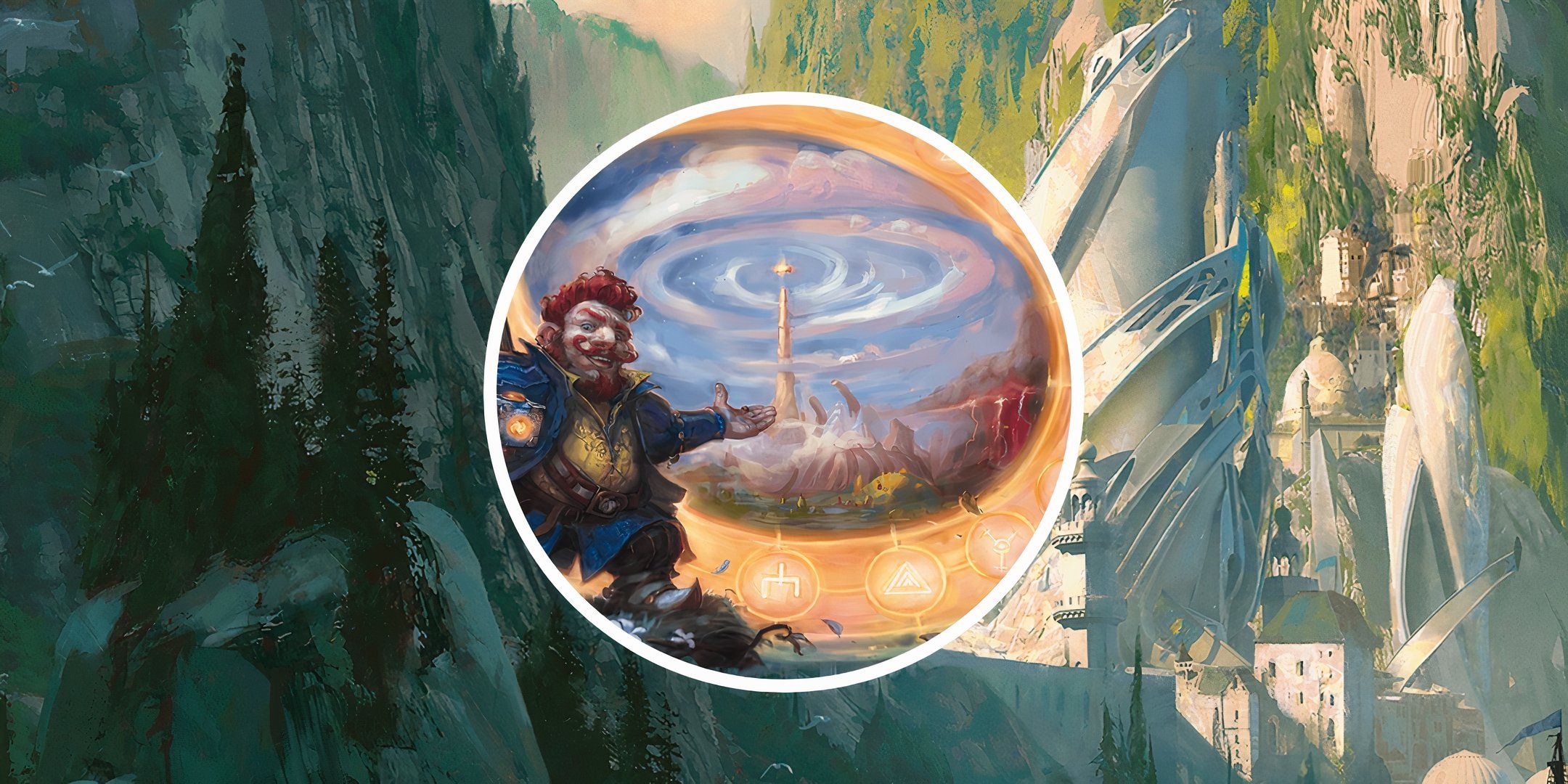
Next
Dungeons & Dragons: How To Homebrew A Kingdom
Building an entire kingdom from the ground up can be hard work in Dungeons & Dragons. Here’s what you need to know to get started.
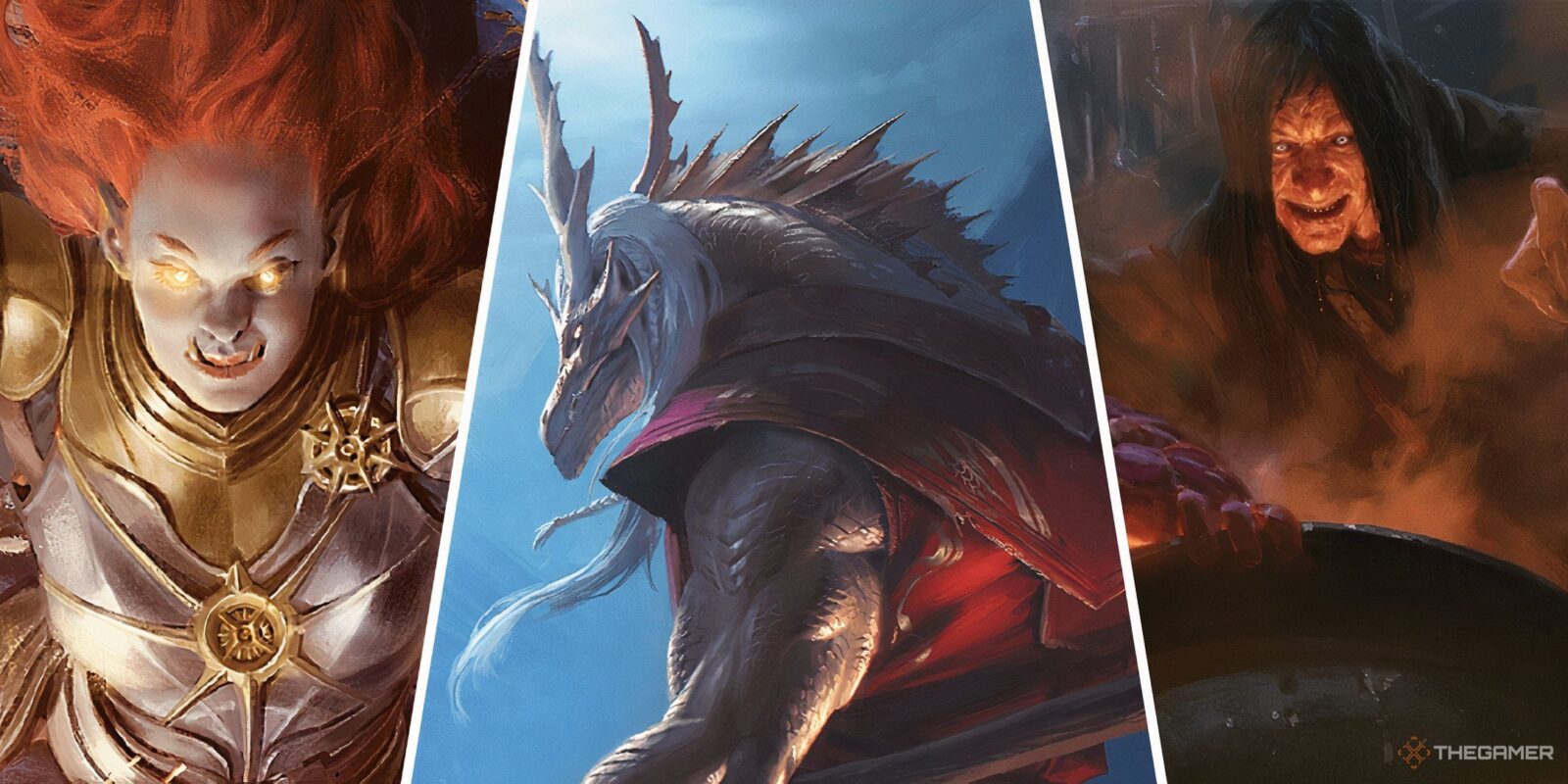
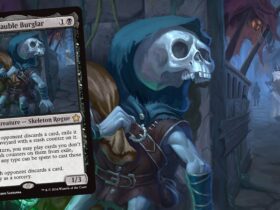
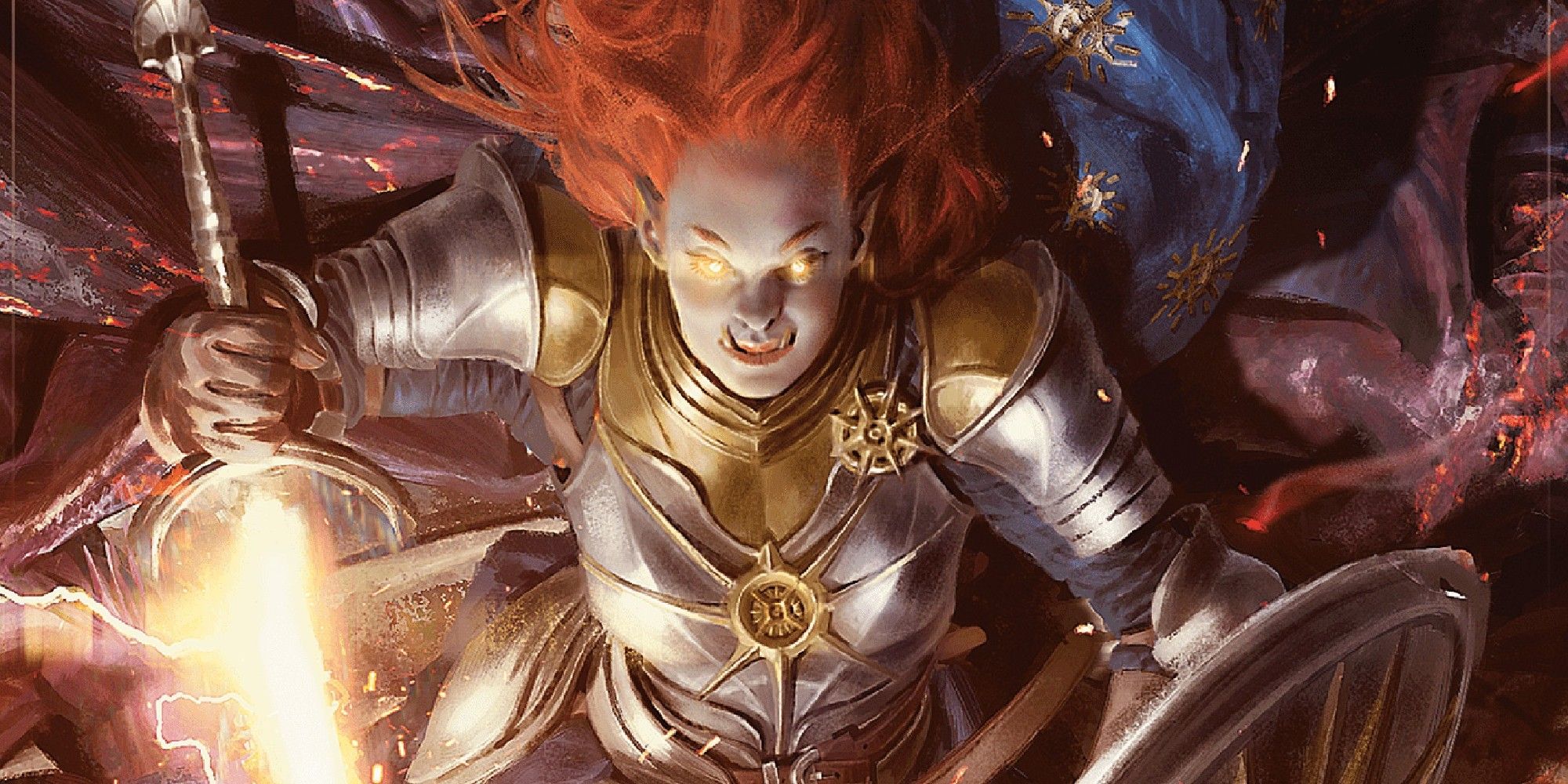
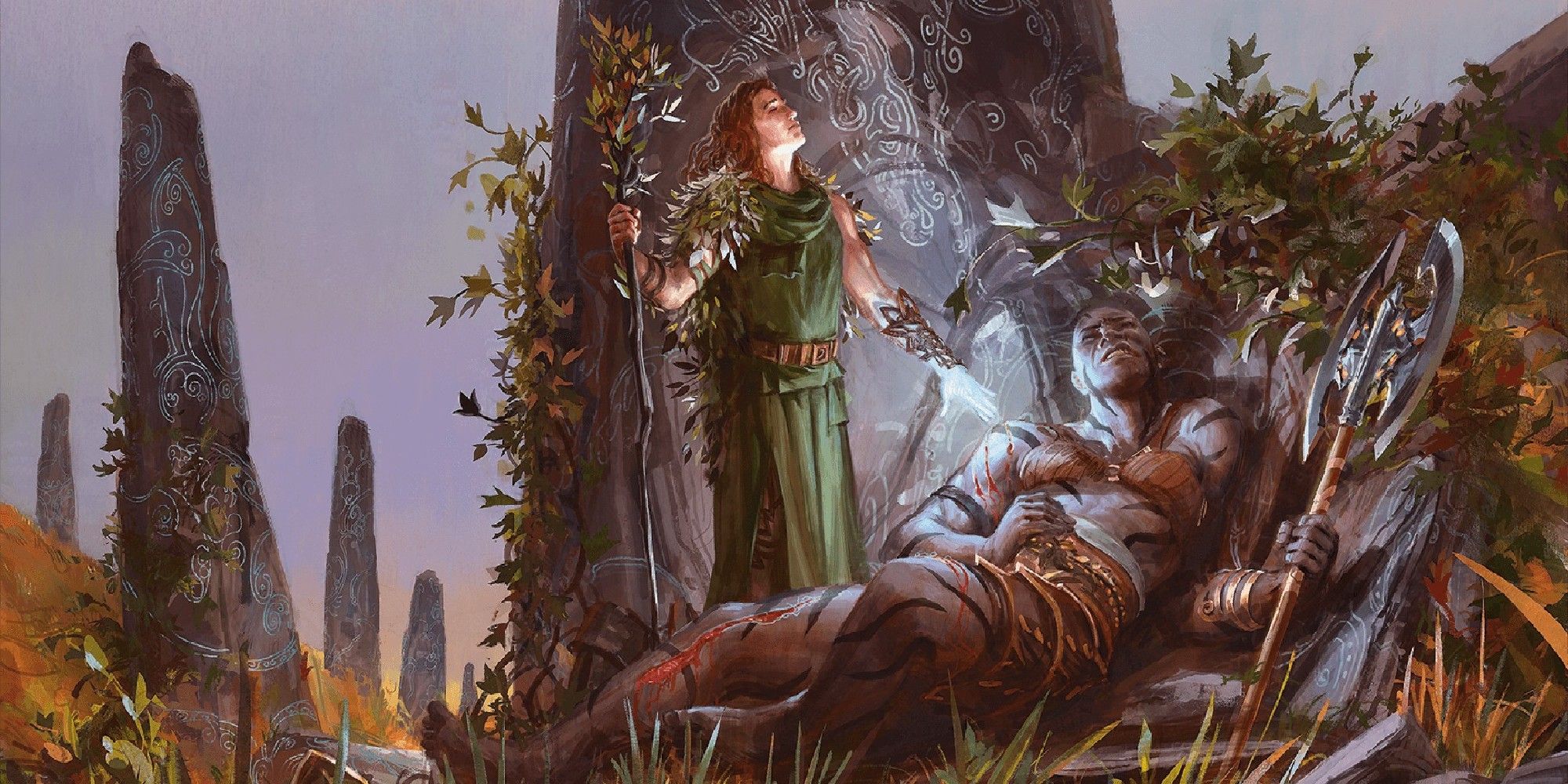
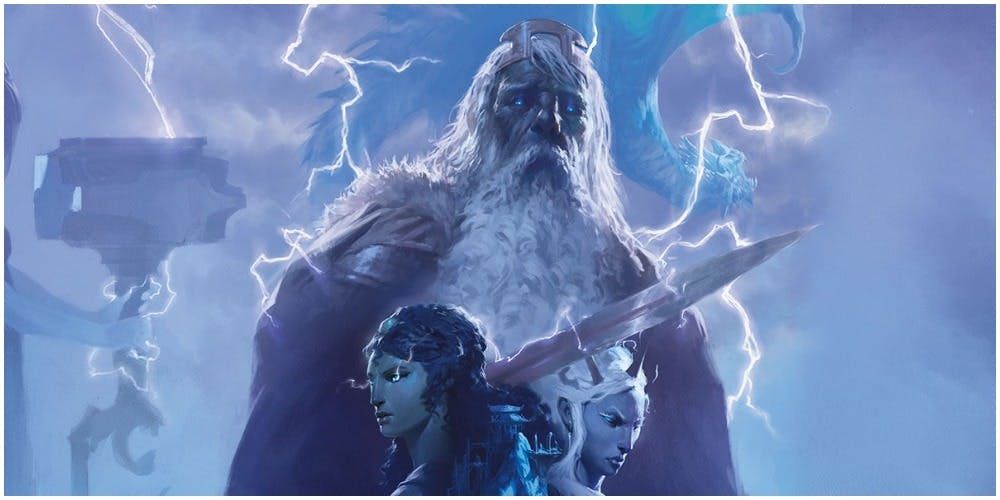
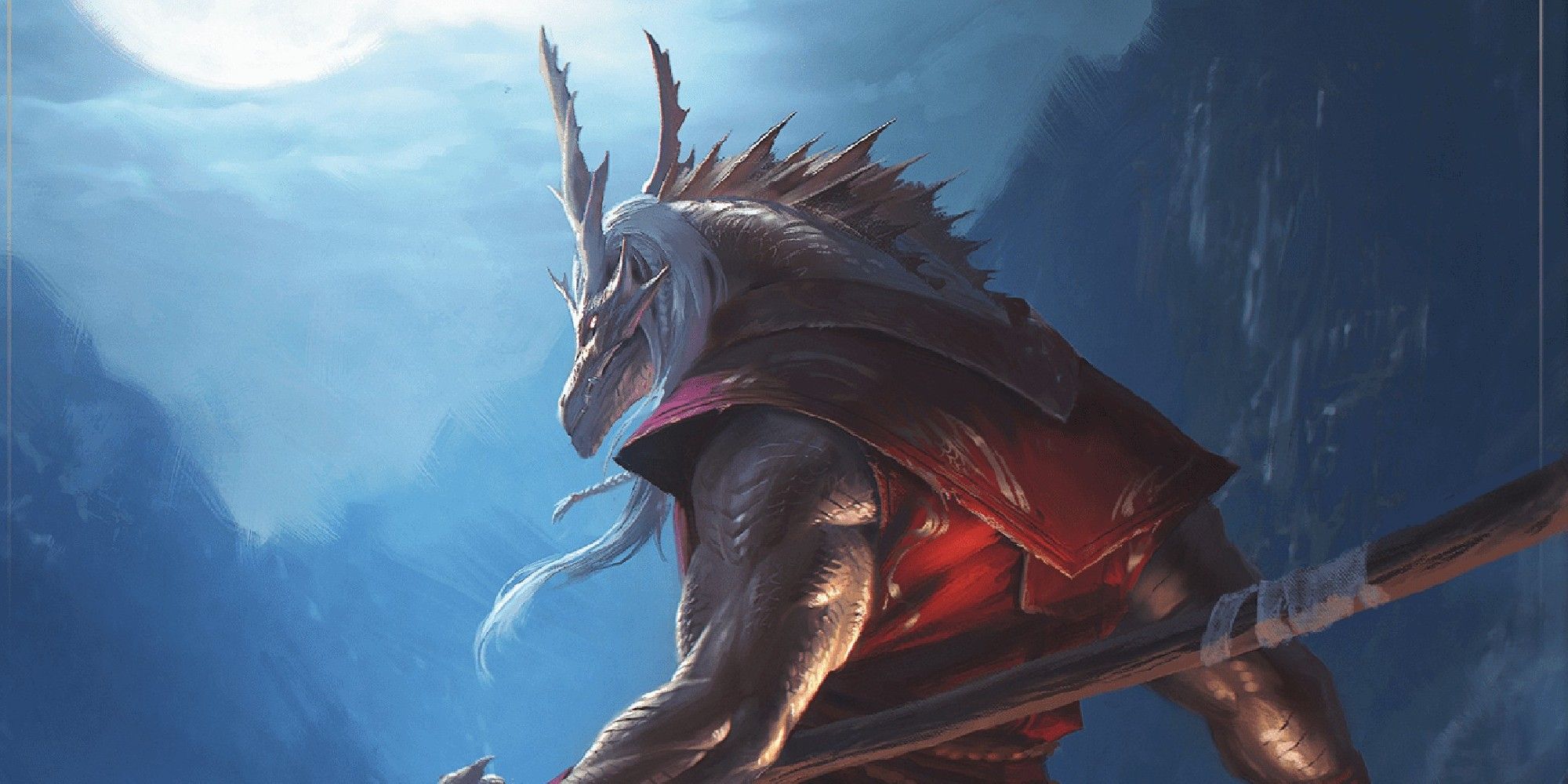
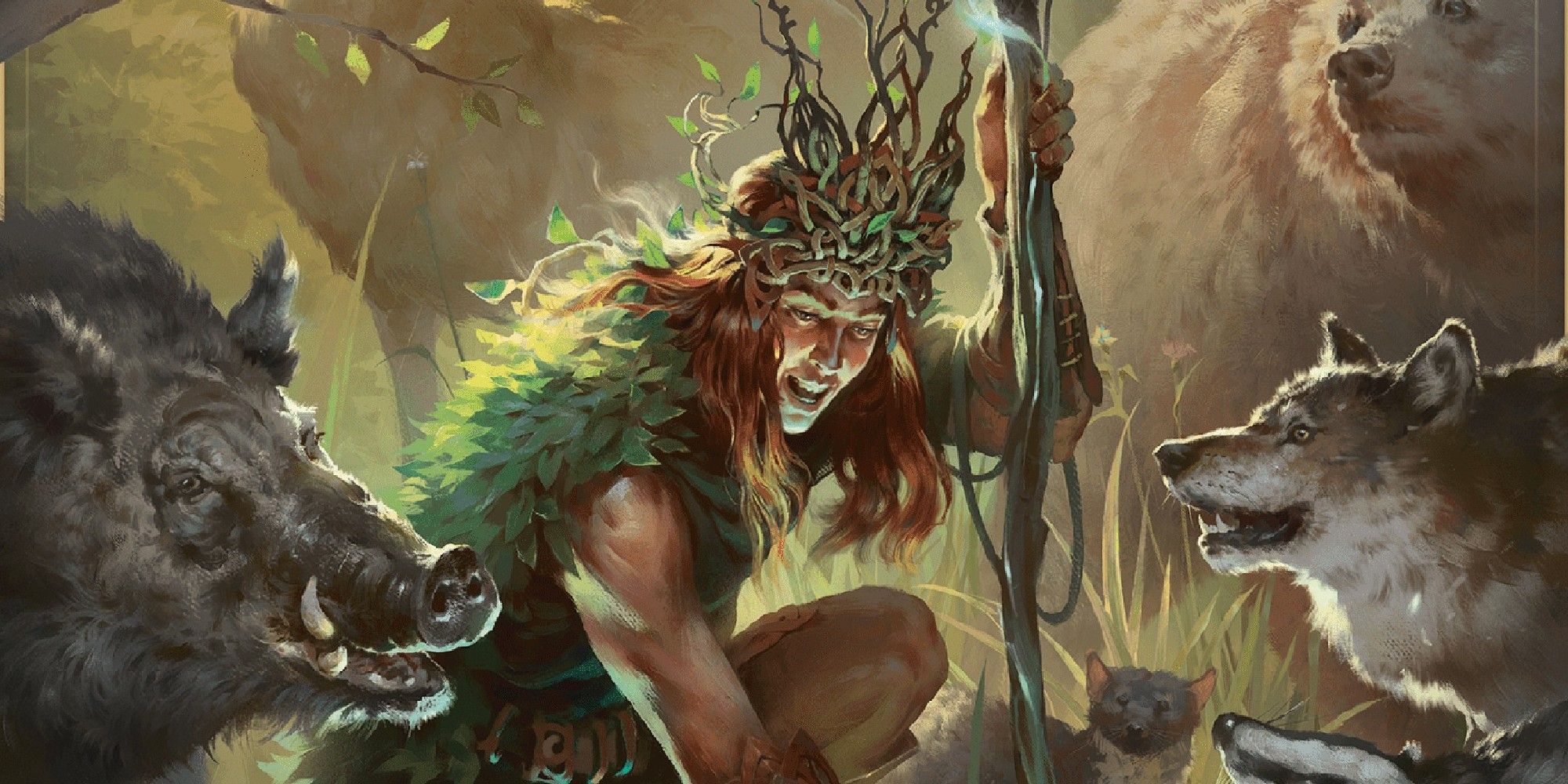
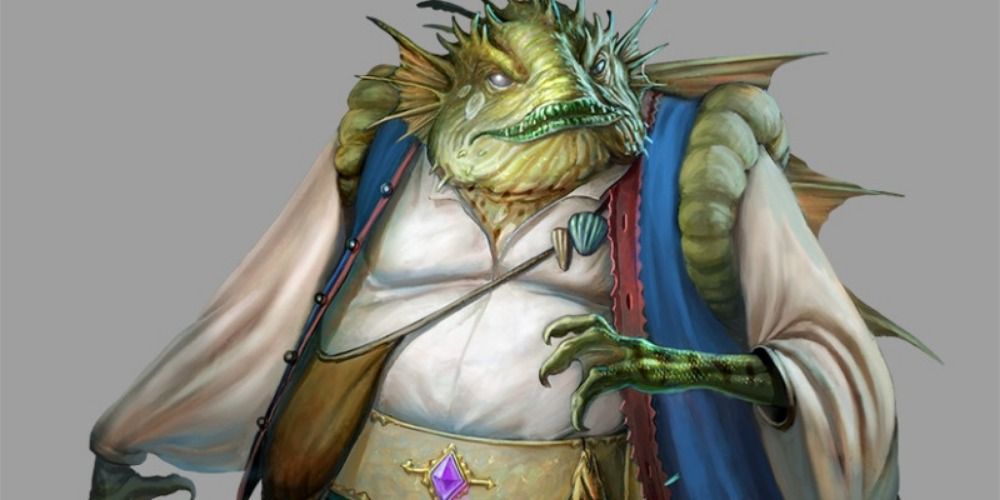
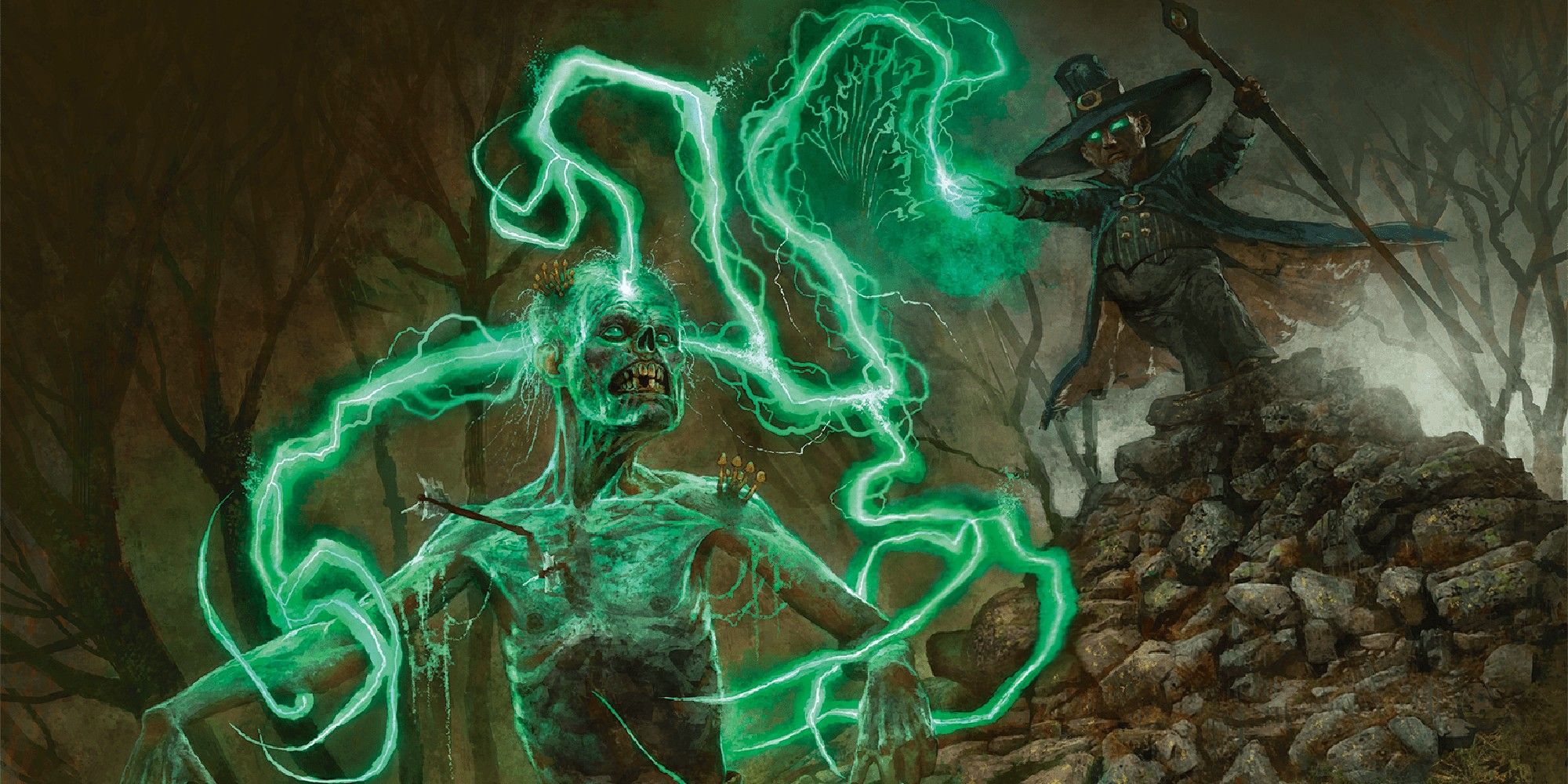
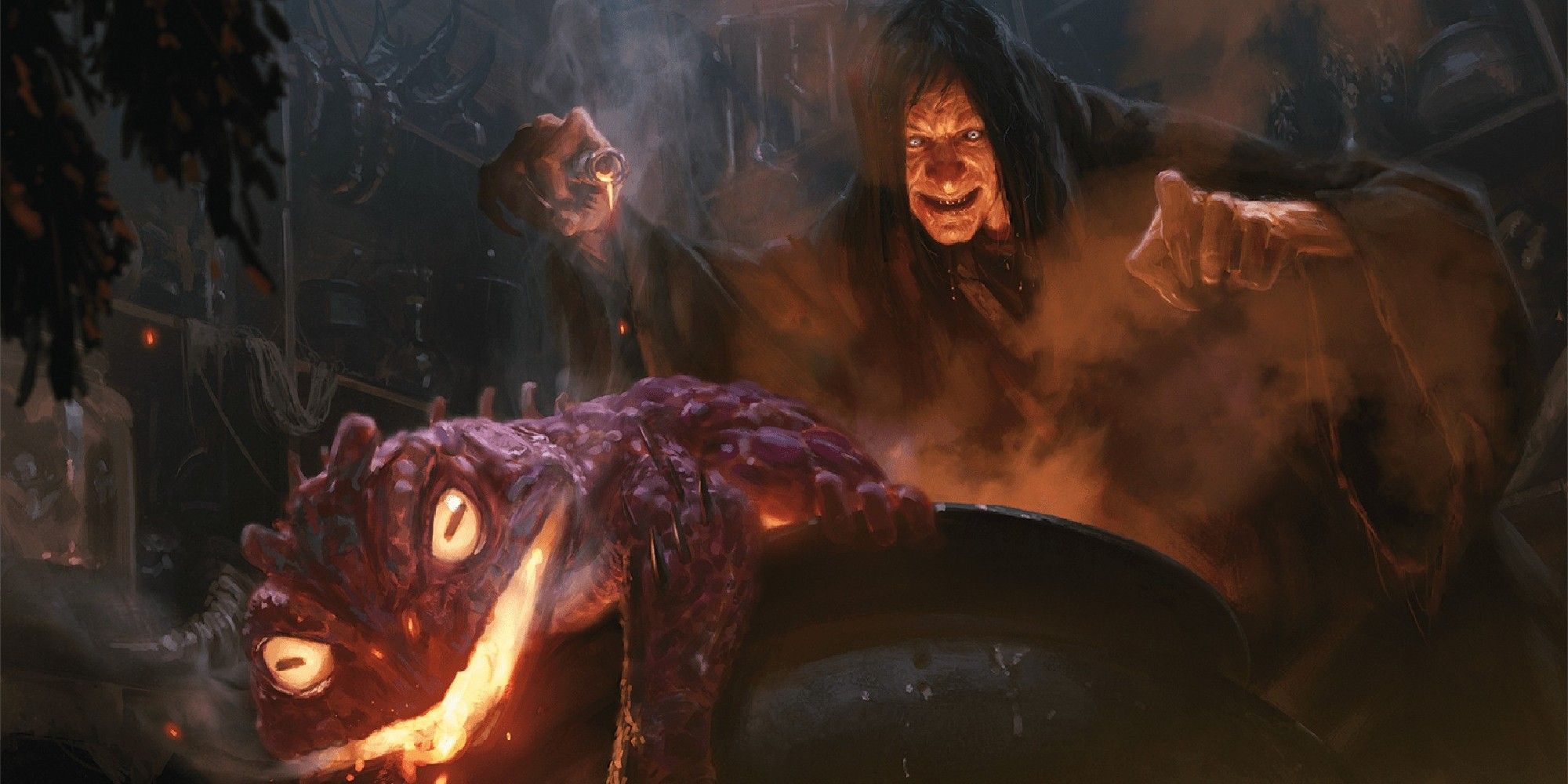
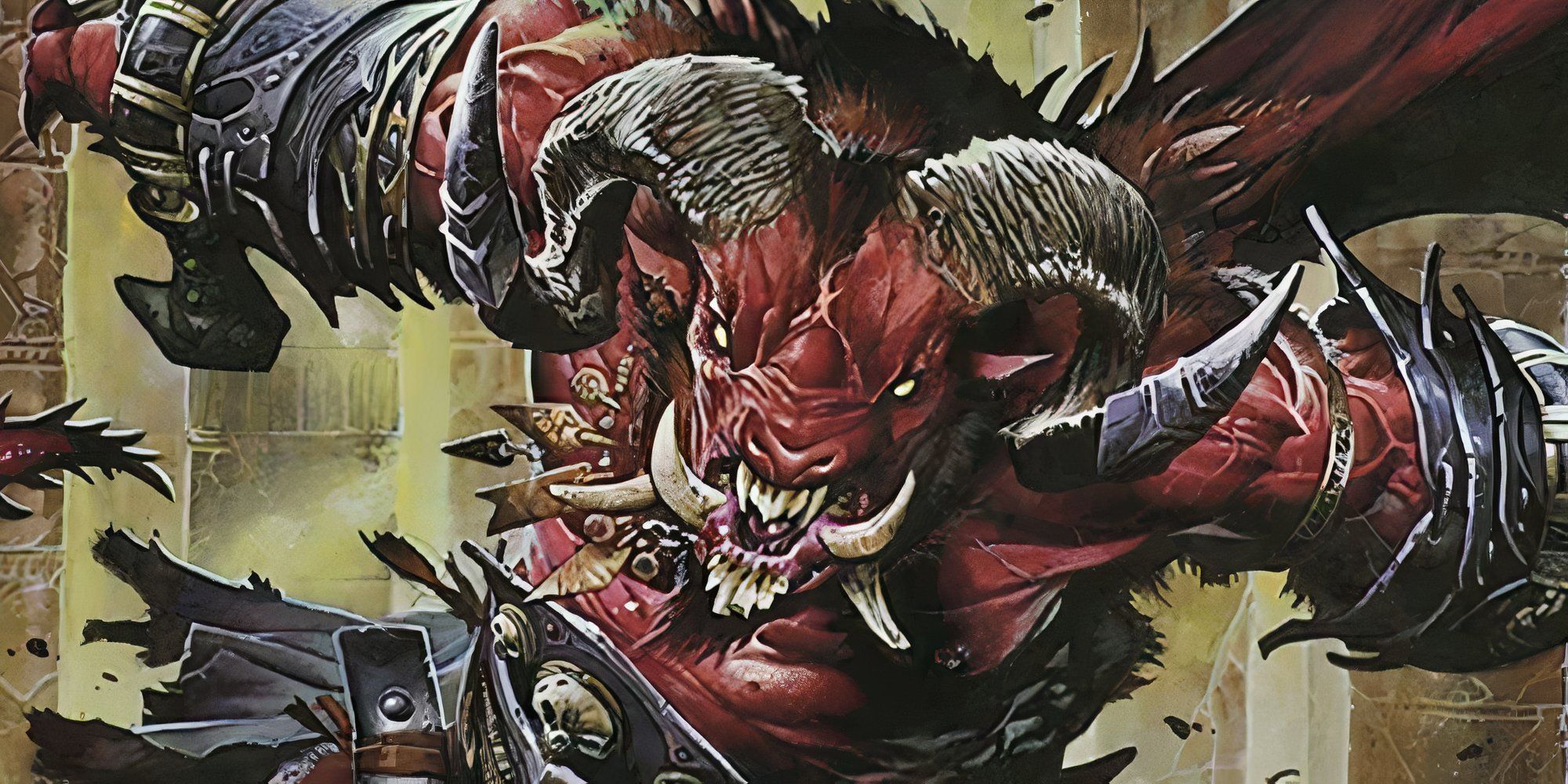
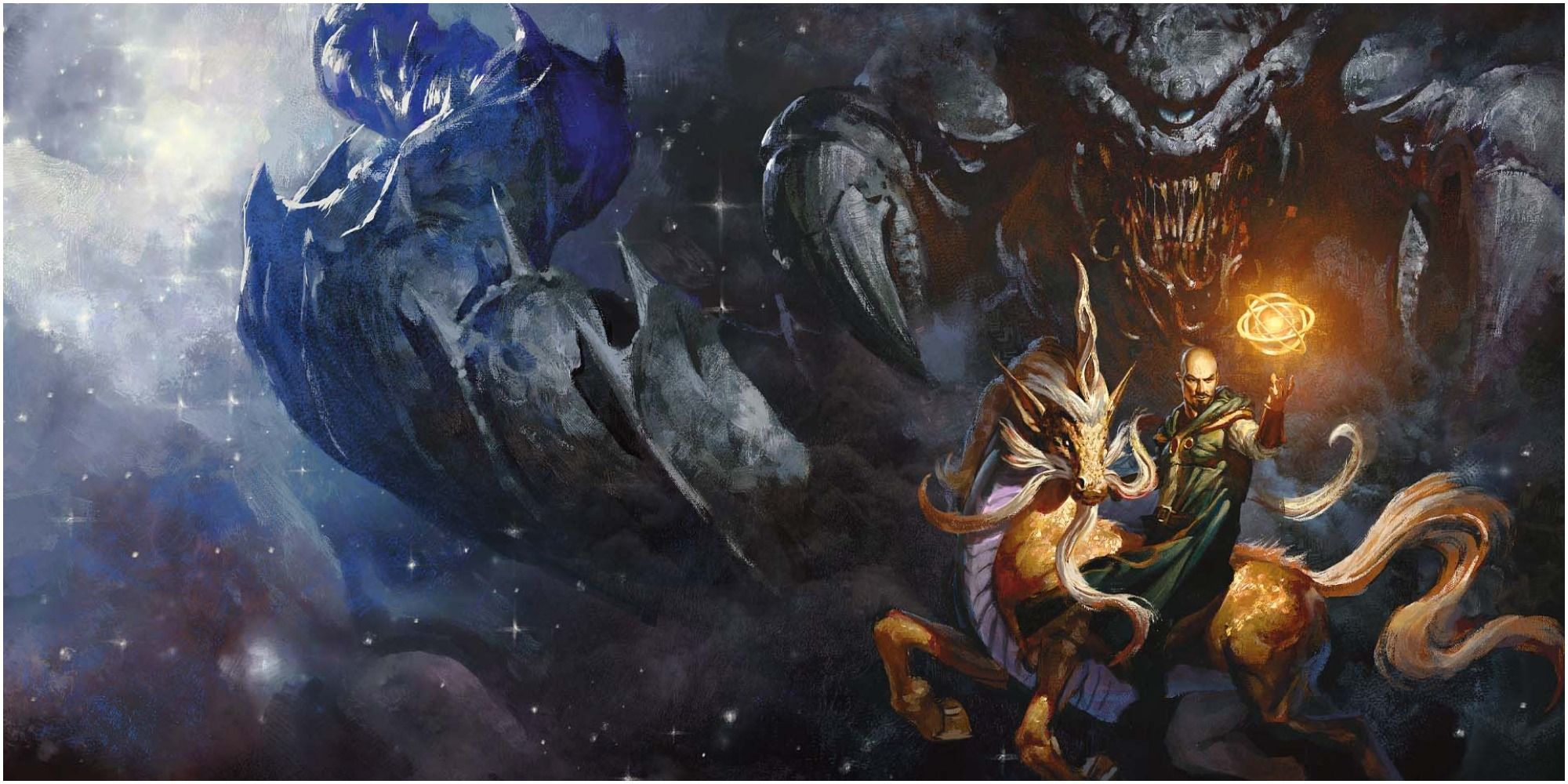
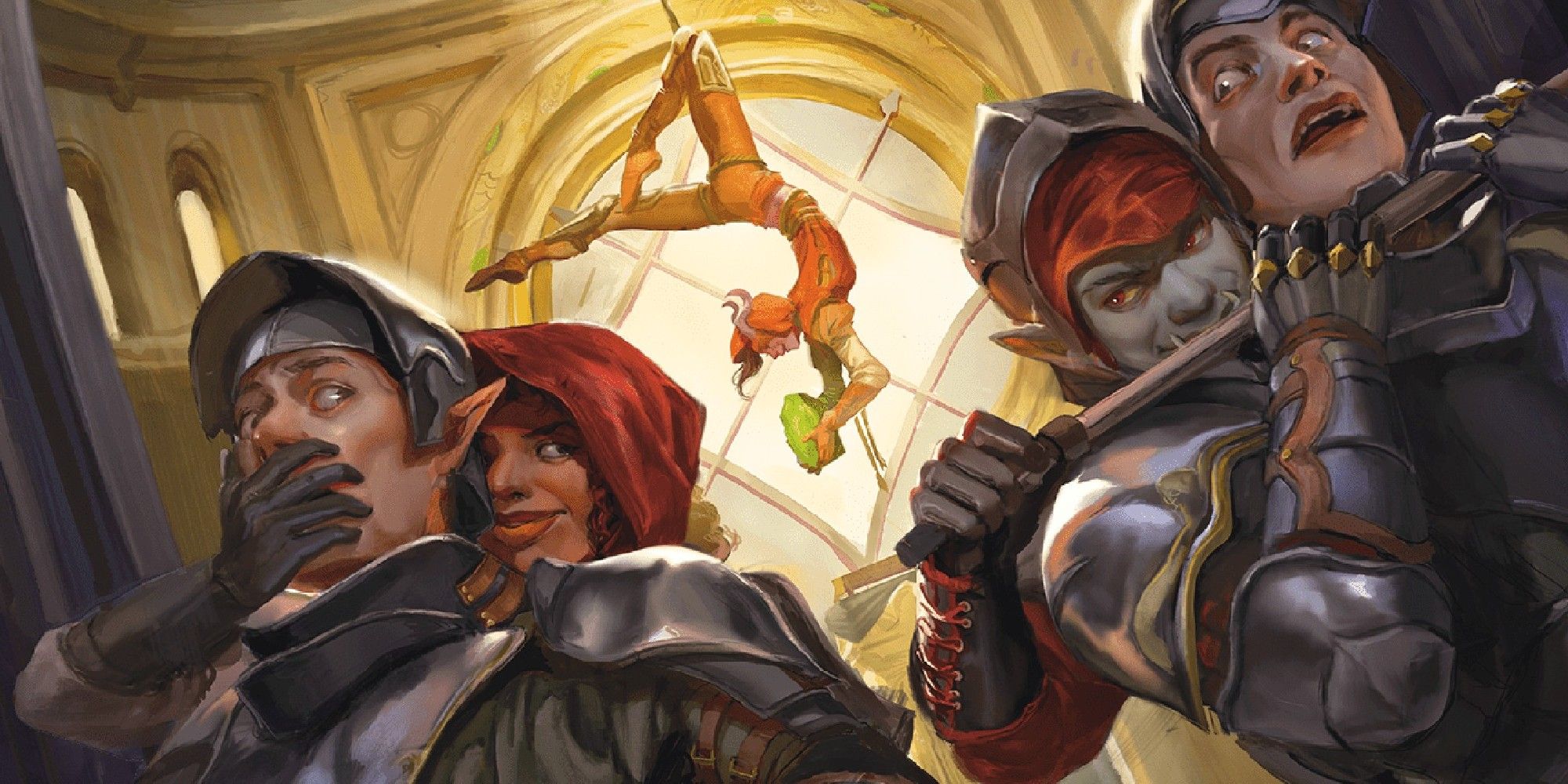
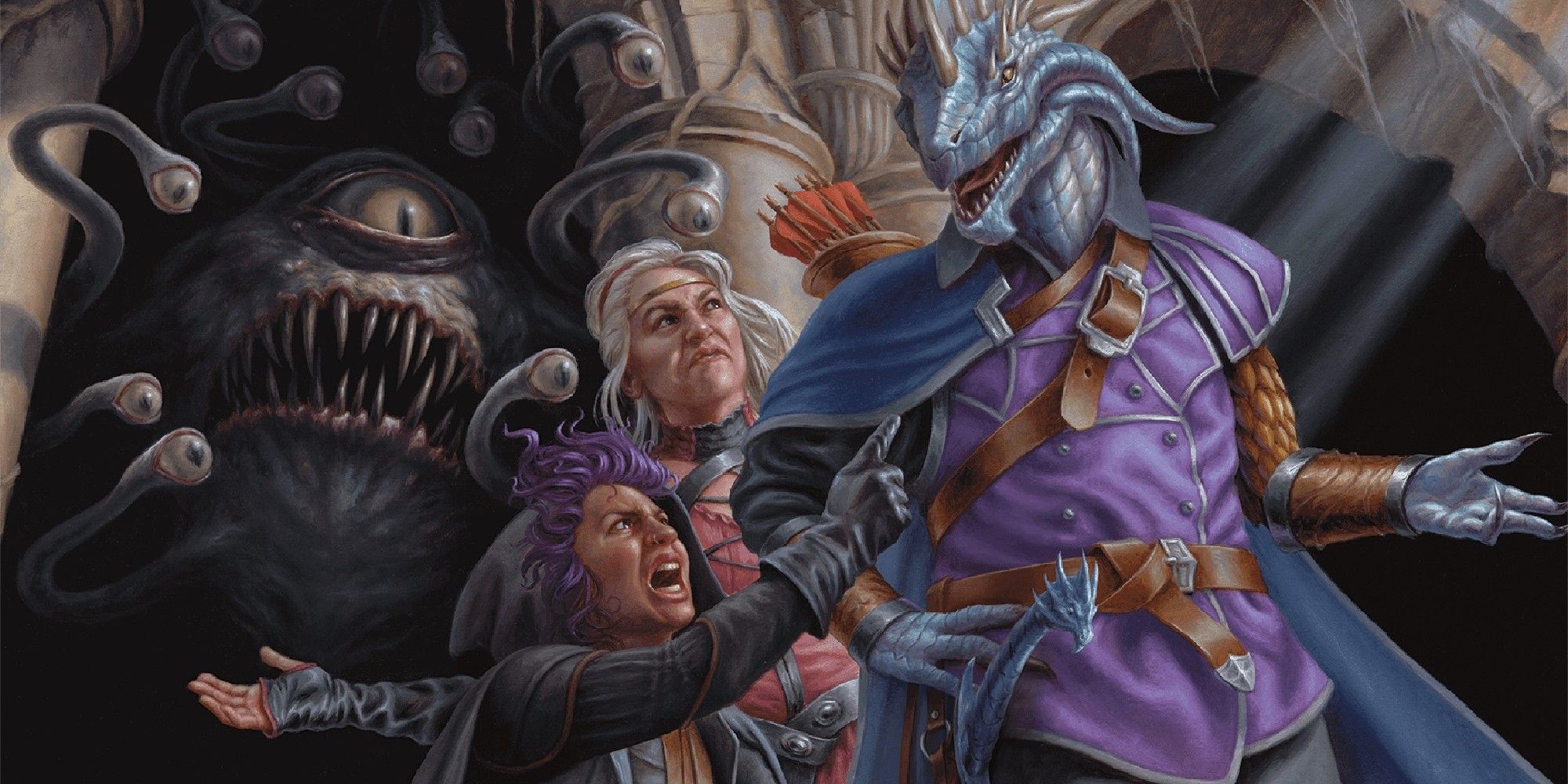
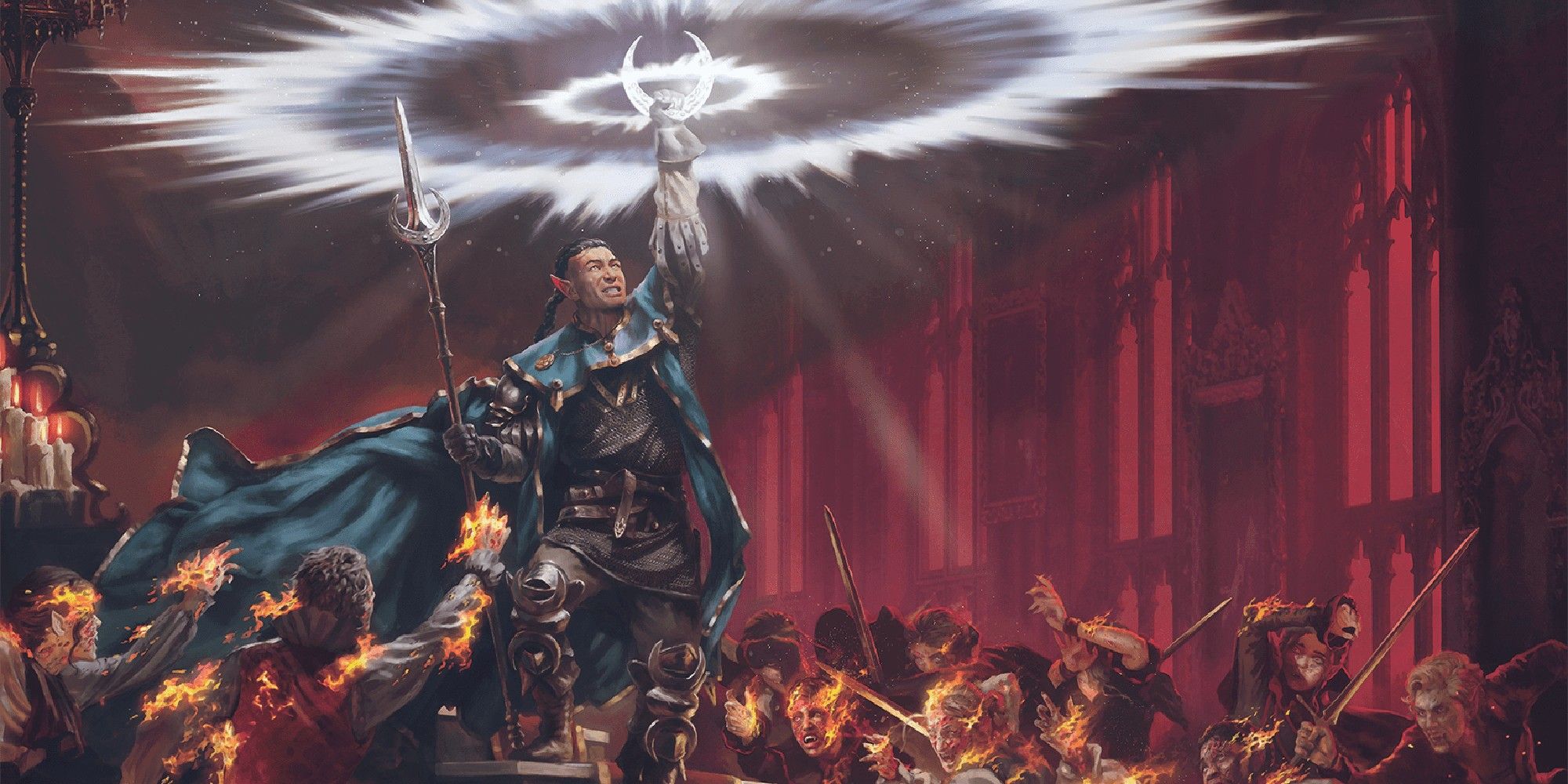
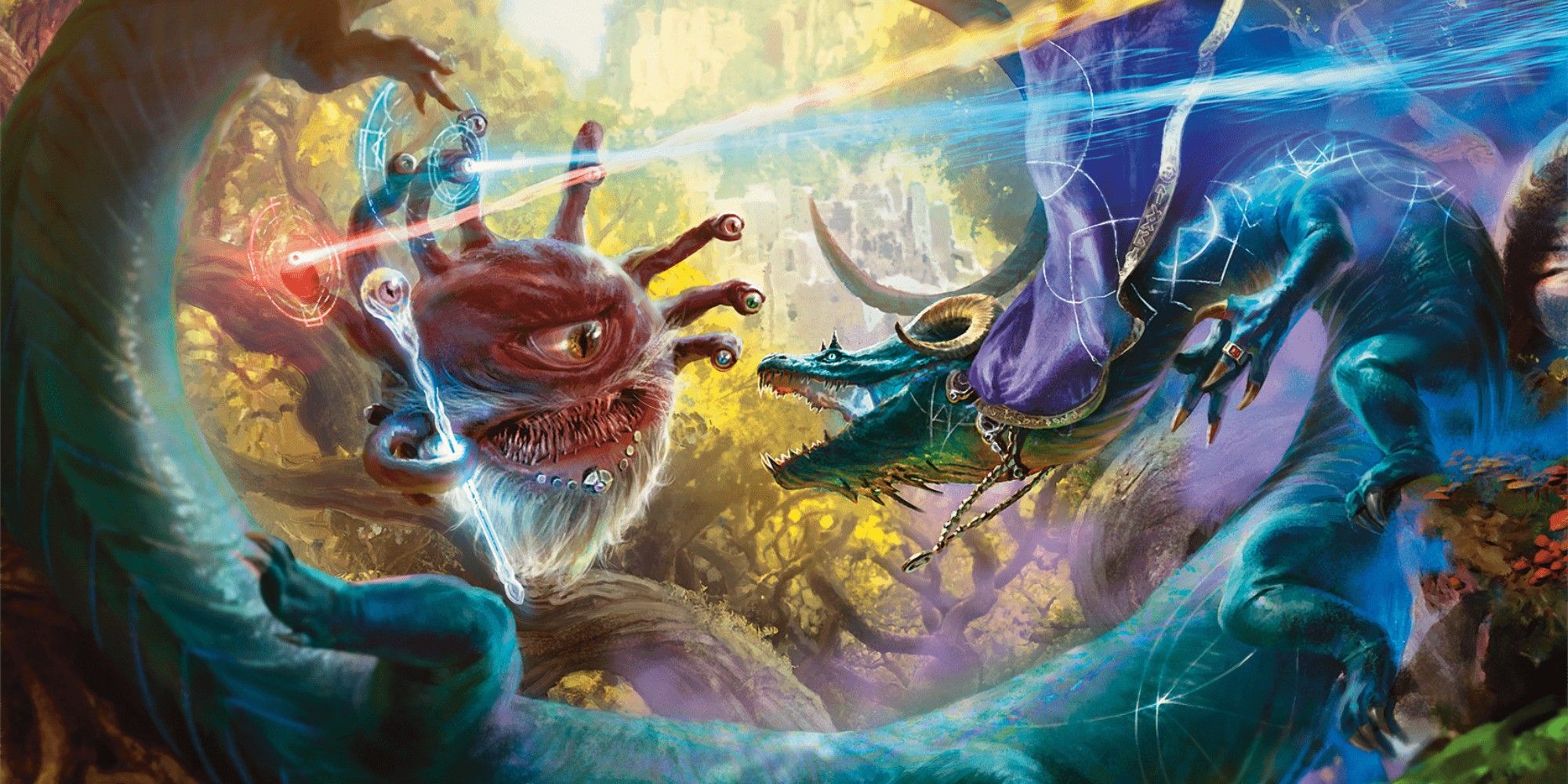

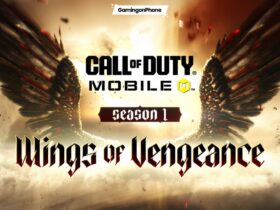


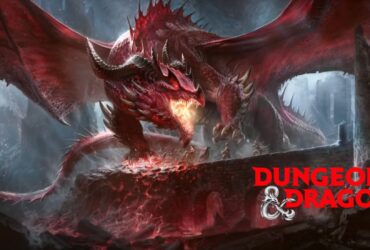
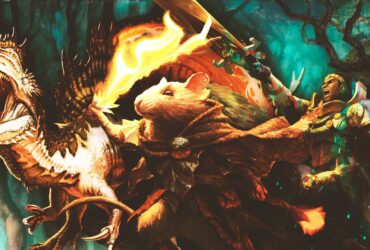



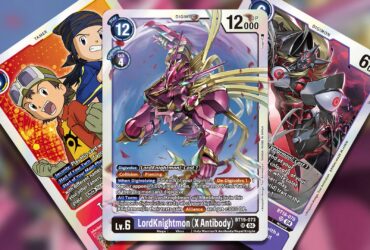
Leave a Reply